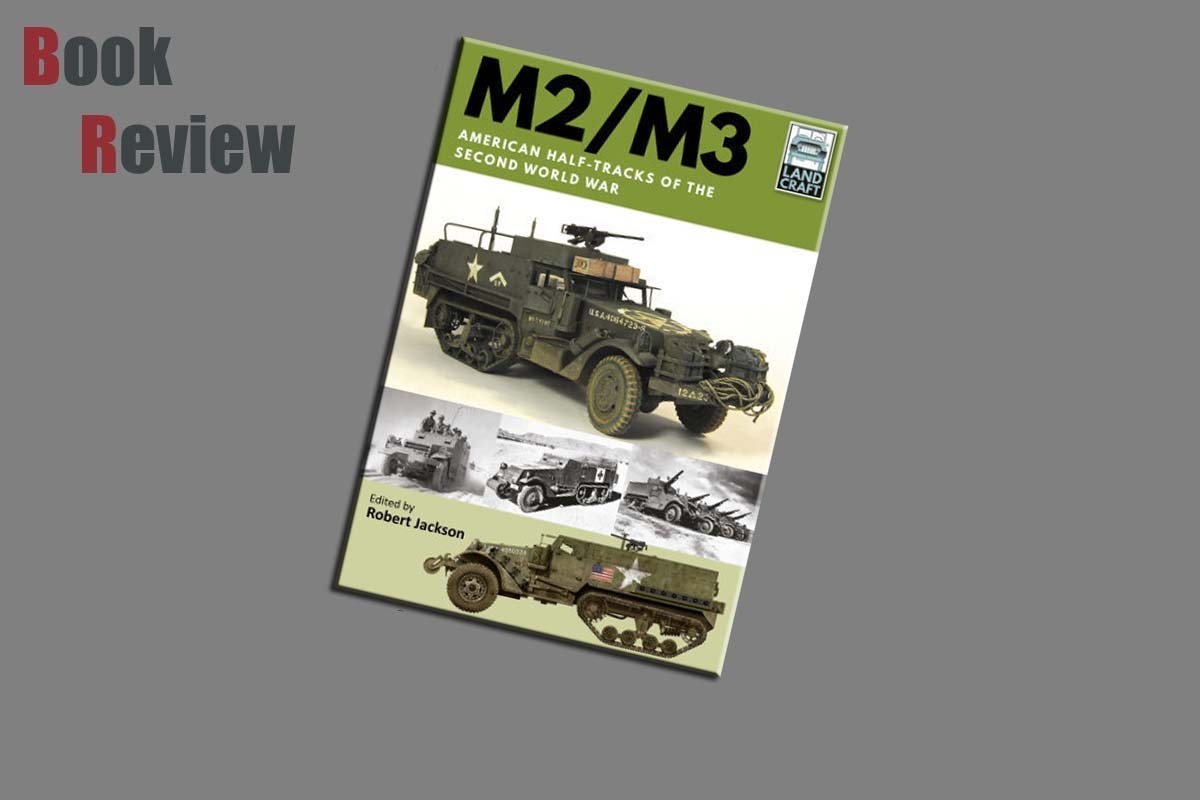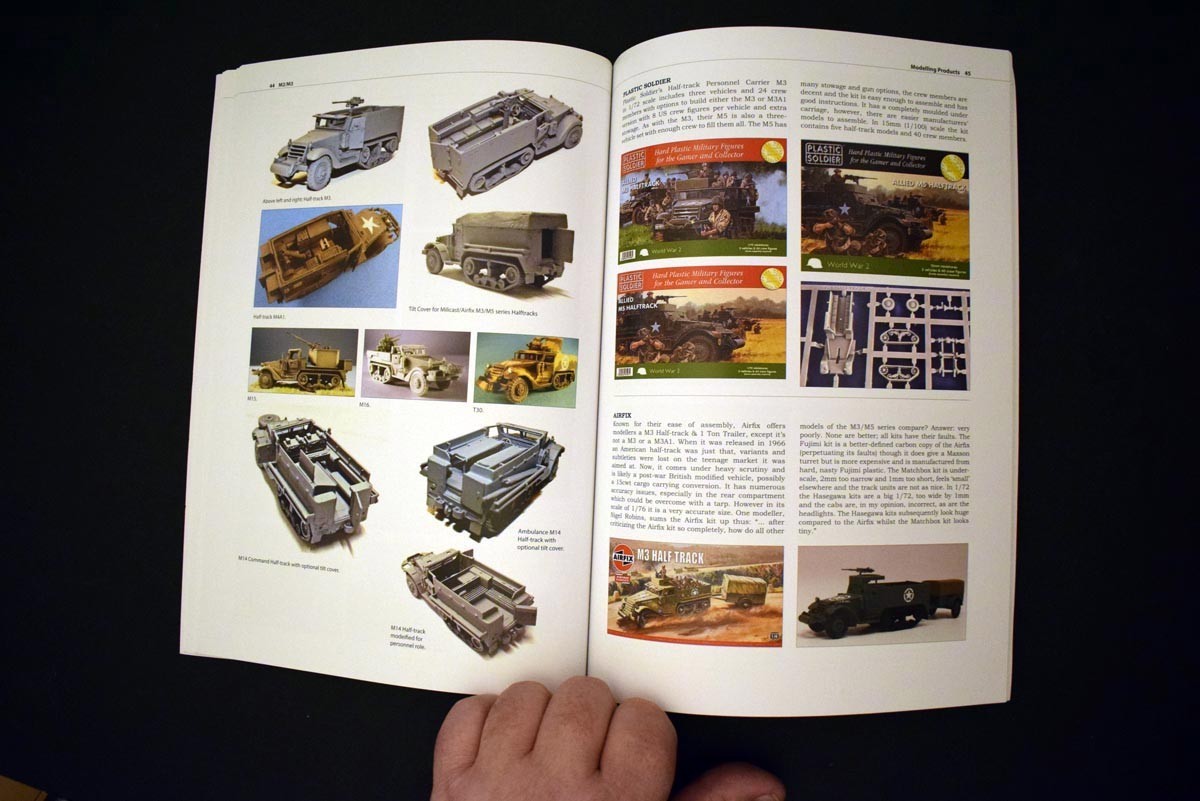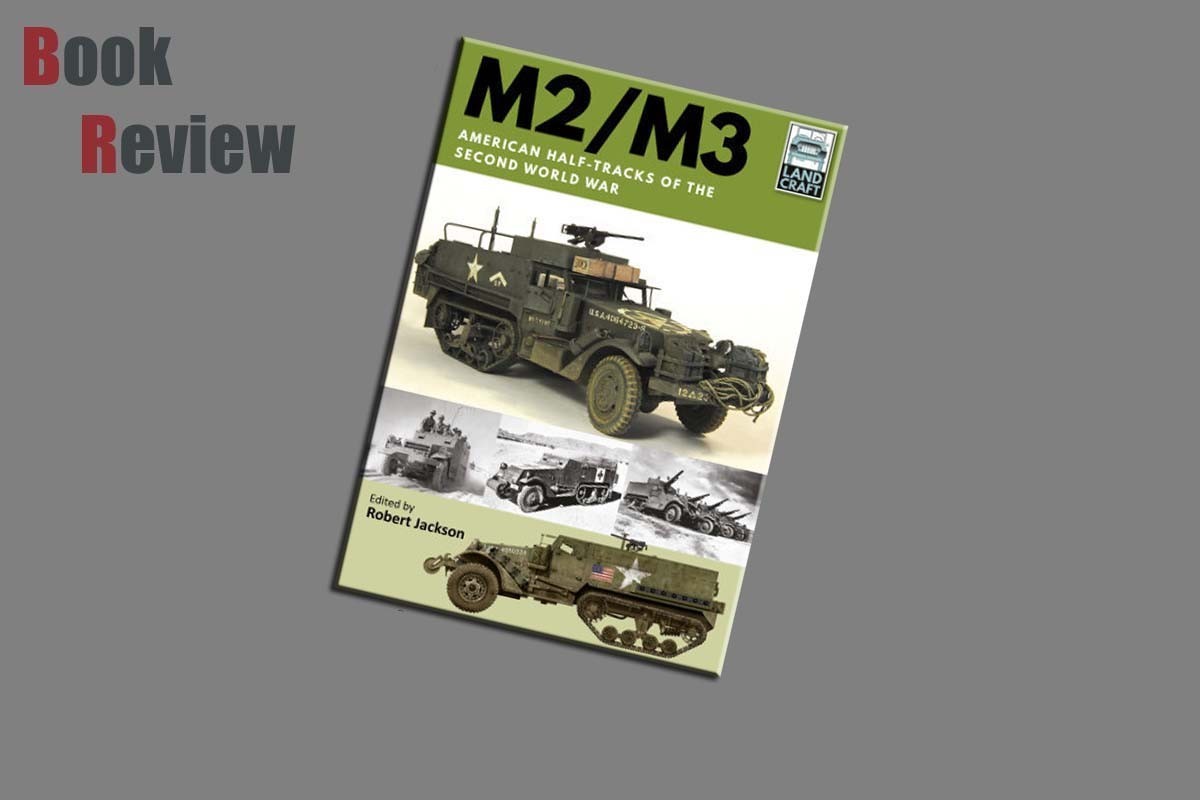
Introduction
The following is taken from the Pens and Sword website:
Among the most successful armoured vehicles produced by American industry – known as the Arsenal of Democracy – during the Second World War were the M2 and M3 half-tracks. They served on every battlefront and were as recognizable as other famous American wartime vehicles like the Sherman and the Jeep, and around 40,000 were produced between 1941 and 1945. They were easy to assemble, operate and maintain, and their versatility allowed them to fulfil a variety of purposes. This volume in Pen & Sword’s LandCraft series traces the design, development and manufacturing history of the M2/M3 and describes its operational role within the Allied armies.
A selection of archive photographs showing the M2/M3 in action gives a graphic impression of how adaptable these vehicles were and records the range of equipment they could carry. The book is an excellent source for the modeller, providing details of available kits, together with specially commissioned colour profiles demonstrating how the M2/M3 used by different units and armies appeared.
Review
This offering from Pen and Sword as part of their Land Craft series, covers the M2/M3 American half tracks of the Second World War. The author of this release is Robert Jackson, who has authored a number of books covering flight craft tank craft and land craft series of books. This book as with the series as a whole, is a soft backed book with a glossy card cover, protecting the contents. The series as a whole all contain 64 pages and are roughly A4 in size. The books are presented in a portrait format. The contents of the book are presented as follows:
Introduction
Design and Development
M2/M3 in Detail
M2/M3 Variants
Camouflage and Markings
Model Showcase
Modelling Products
In Service and in Action
The text in this offering from Pen and Sword, is well written in a clear font but the text did make my eyes struggle as in areas it was difficult to read, due to the font size. The text in this offering is interspersed with black and white period photographs, and there are pictorial entries showing specific aspects of the vehicle such that would be found in a maintenance manual. Robert Jackson has copied many authors of this book series, and placed the modelling section in the middle of the title, and which is also in the middle of a chapter. The result of this is to make the book look like “that will do - I will stick it there”, rather than placing it at the end of the book which would then present the title in a methodical manner. That said the text does provide a reasonable levels of information.
Just prior to the modelling section, we are presented with a very good number of artists impressions of the M2/M£ in a number of variants. These has been presented in a four way format, showing the left side, top, front and rear of the vehicles. Which will give the modeller some ideas for presentation, and pleasingly not all of them are green!
The modelling section of the title, presents the following models for your viewing pleasure:
M2 Njarng 117th Cavalry, Essex Troop 1/35th scale Brian Bocchino
M3/A1 23rd Tank Battalion, 12th Armoured Division, 1/35th scale Brian Richardson
M4 US Army Western Front, 1944 1/35th scale Gary Riley
M16 MGMC, 482nd AAA AW/SP Battalion. Belgium 1944/45 1/16th scale Brian Richardson
Very little is shown of the model builds, and so is of limited benefit to the modeller. However the 1/16th scale offering is worthy of a book of its own. All of the kits I can think of are covered in the modelling section, with even the Tamiya kits getting a mention. It is just a pity that they are not accurate representations of the vehicle they purport to be.
Conclusion
This offering from Pen and Sword authored by Robert Jackson, does a reasonable job of presenting the modeller with a good level of information on the physical vehicle, and some nice artists impressions. It also provides a look at what can be achieved with a model and finally a list of some of the products that can be used to dress up your endeavour. But the title is let down, by the modelling section being placed not only in the middle of the book, but also in the middle of a chapter, which makes its inclusion seem like an afterthought.



























